Archives
- 2025-11
- 2025-10
- 2025-09
- 2025-03
- 2025-02
- 2025-01
- 2024-12
- 2024-11
- 2024-10
- 2024-09
- 2024-08
- 2024-07
- 2024-06
- 2024-05
- 2024-04
- 2024-03
- 2024-02
- 2024-01
- 2023-12
- 2023-11
- 2023-10
- 2023-09
- 2023-08
- 2023-07
- 2023-06
- 2023-05
- 2023-04
- 2023-03
- 2023-02
- 2023-01
- 2022-12
- 2022-11
- 2022-10
- 2022-09
- 2022-08
- 2022-07
- 2022-06
- 2022-05
- 2022-04
- 2022-03
- 2022-02
- 2022-01
- 2021-12
- 2021-11
- 2021-10
- 2021-09
- 2021-08
- 2021-07
- 2021-06
- 2021-05
- 2021-04
- 2021-03
- 2021-02
- 2021-01
- 2020-12
- 2020-11
- 2020-10
- 2020-09
- 2020-08
- 2020-07
- 2020-06
- 2020-05
- 2020-04
- 2020-03
- 2020-02
- 2020-01
- 2019-12
- 2019-11
- 2019-10
- 2019-09
- 2019-08
- 2019-07
- 2019-06
- 2019-05
- 2019-04
- 2018-11
- 2018-10
- 2018-07
-
lactacystin Direct inhibition of LO activity by BRP is
2023-09-18
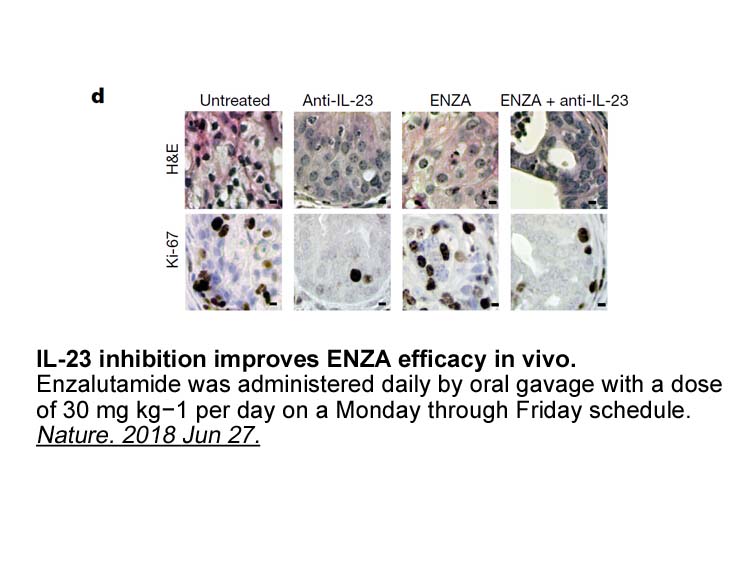
Direct inhibition of 5-LO activity by BRP-187 is clearly evident in cell-free assays using PMNL homogenates and isolated human recombinant 5-LO as enzyme source. In such assays, pure FLAP inhibitors like MK886 are inactive [9], [10], [29], [44]. Wash-out experiments and studies using the nonionic de
-
The benzimidazole group seems to be
2023-09-18
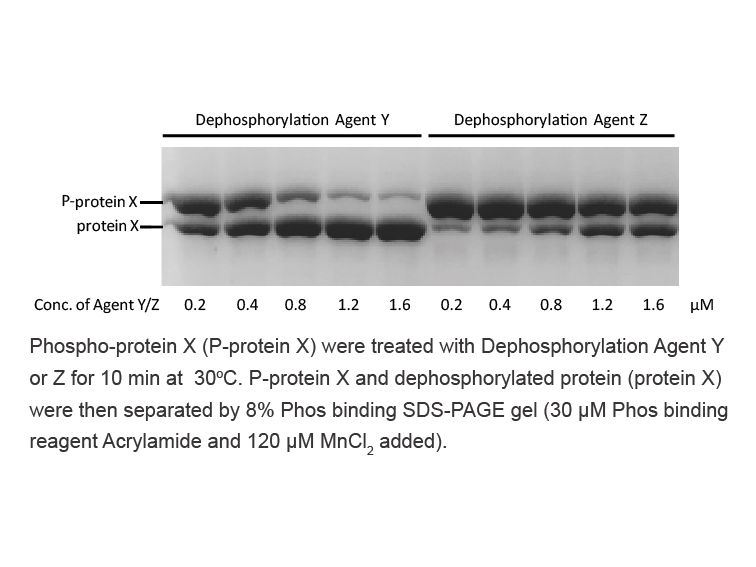
The benzimidazole group seems to be a key feature for the excellent anti-tumor activity of galeterone (159), which motivated the synthesis of new steroidal inhibitors containing N-heterocyclic groups structurally related to benzimidazole. Thus, several 1H- and 2H-indazole derivatives of dehydroepia
-
The benzimidazole group seems to be
2023-09-18
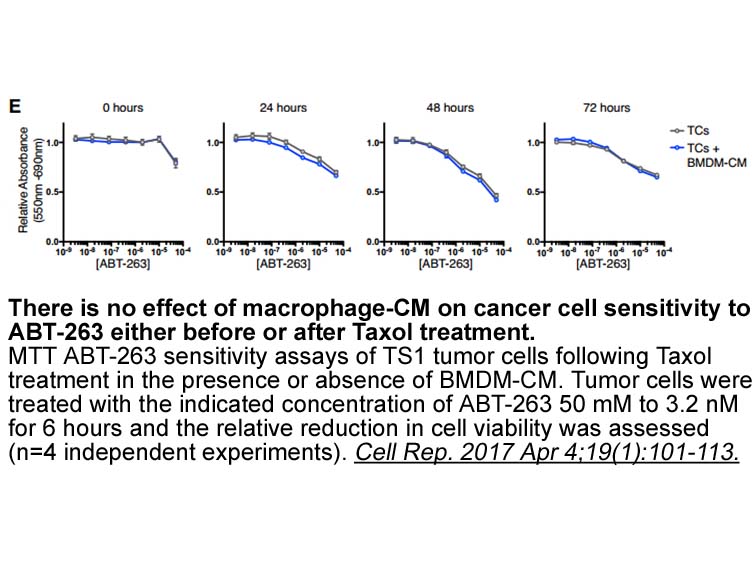
The benzimidazole group seems to be a key feature for the excellent anti-tumor activity of galeterone (159), which motivated the synthesis of new steroidal inhibitors containing N-heterocyclic groups structurally related to benzimidazole. Thus, several 1H- and 2H-indazole derivatives of dehydroepian
-
IKK Inhibitor VII mg The SKOV and SKOV TR cells
2023-09-18
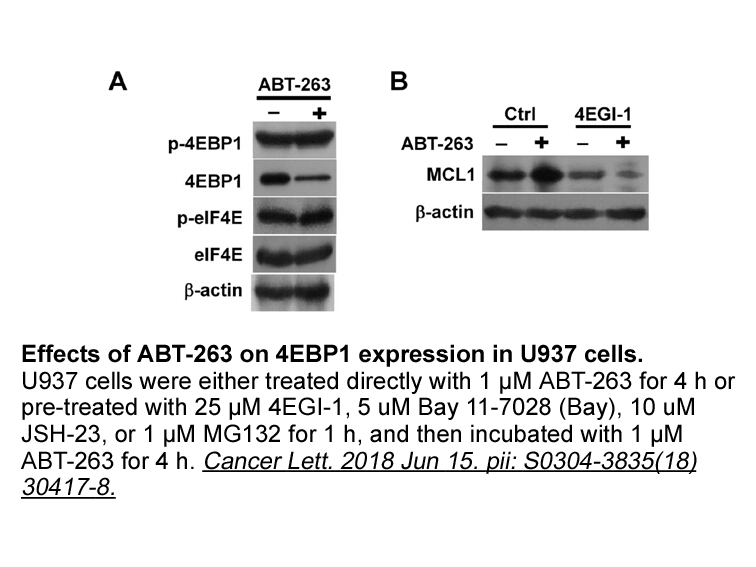
The SKOV3 and SKOV3TR IKK Inhibitor VII mg were exposed to stepwise increased concentration of paclitaxel with or without a different concentration of autophagy inhibitor (3-MA or HCQ) to further evaluate whether suppression of autophagy affected the growth and drug sensitivity of ovarian cancer ce
-
Starting with commercially available or nitropyrazole carbox
2023-09-18
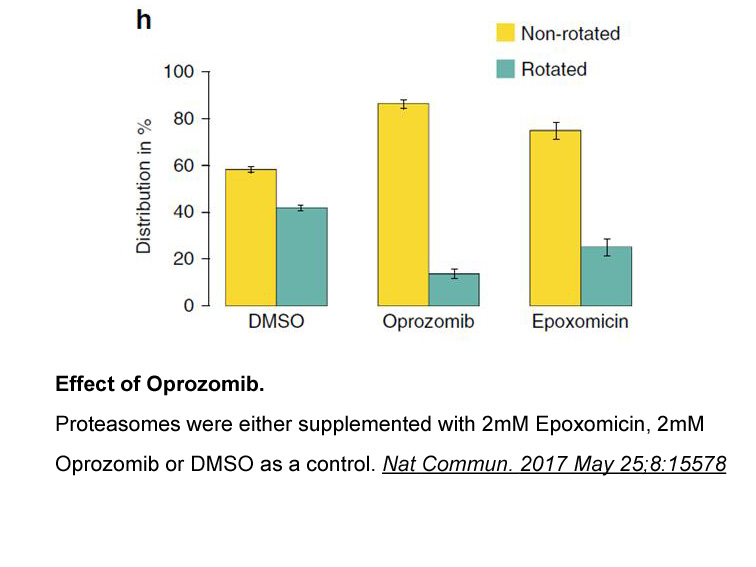
Starting with commercially available 4- or 5-nitropyrazole-3-carboxylic acid, anilides containing nitro, amino or methylsulfonamido were synthesized. Here, manipulation of the substituents on the pyrazole ring was conducted after the anilide formation (). The nox4 of the nitro group was performed wi
-
Transient transfection with ATR kinase dead D A and ATM
2023-09-18
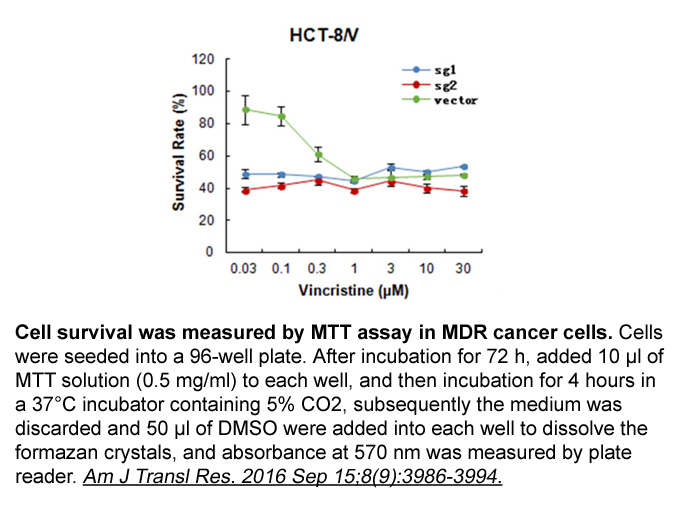
Transient transfection with ATR kinase-dead (D2475→A) [30] and ATM kinase-dead (D2870→Ala and N2875→K) [31] constructs was performed using Fugene 6 (Roche Applied Science, Indianapolis). Three microliters of fugene 6+1μg plasmid was used in transfections using 6-well plates at 2×105 cells/well and a
-
It has also been reported that defects
2023-09-18
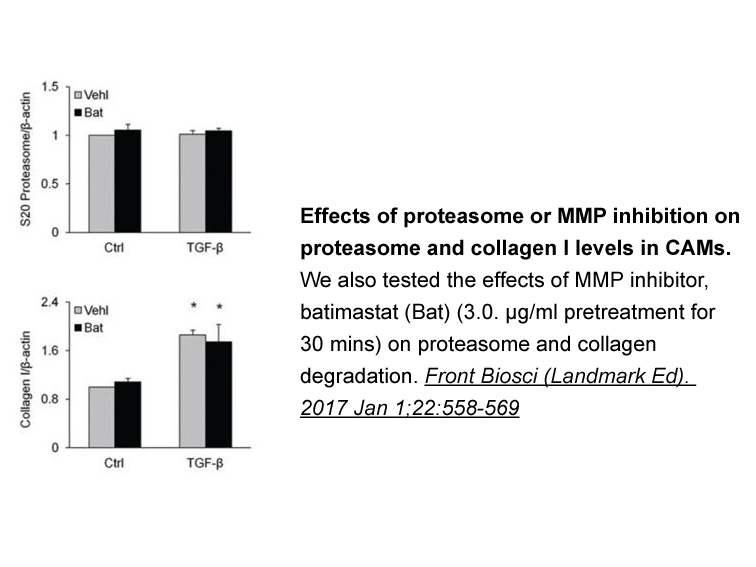
It has also been reported that defects in ATM or ATR signalling are synthetically lethal with PARP inhibition (Turner et al., 2008, Peasland et al., 2011, Yap et al., 2011, Michels et al., 2014), suggesting that combined inhibition of PARP and ATM or ATR may be an effective therapeutic strategy. In
-
The presence of crown like structures and
2023-09-18
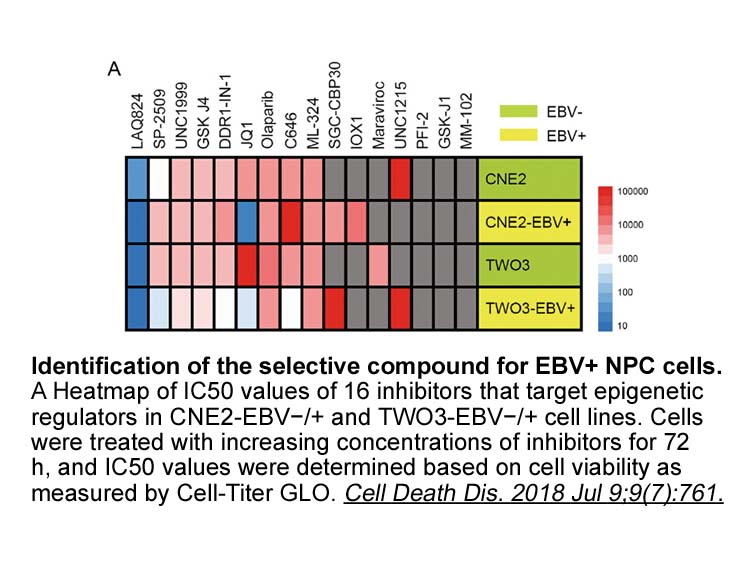
The presence of crown-like structures and inflammatory factors in the breast of obese patients is associated with considerable changes in intracellular signaling and a profound cellular dysfunction. Secreted pro-inflammatory factors can directly promote breast carcinogenesis as they have been report
-
As with most G protein coupled receptors GPCRs
2023-09-18
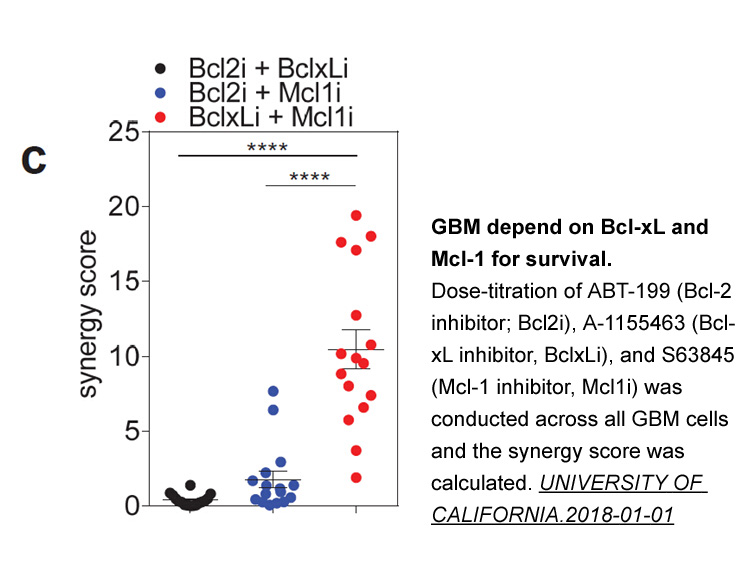
As with most G protein-coupled receptors (GPCRs), sustained activation of APJ can cause desensitization and this has been reported to occur for APJ-mediated effects on cytoplasmic Ca2+ concentration, as well as for effects on activity of adenylyl cyclase, ERK and Akt (Ishida et al., 2004, Masri et a
-
br Acknowledgments br Introduction Angiotensin II AngII
2023-09-16
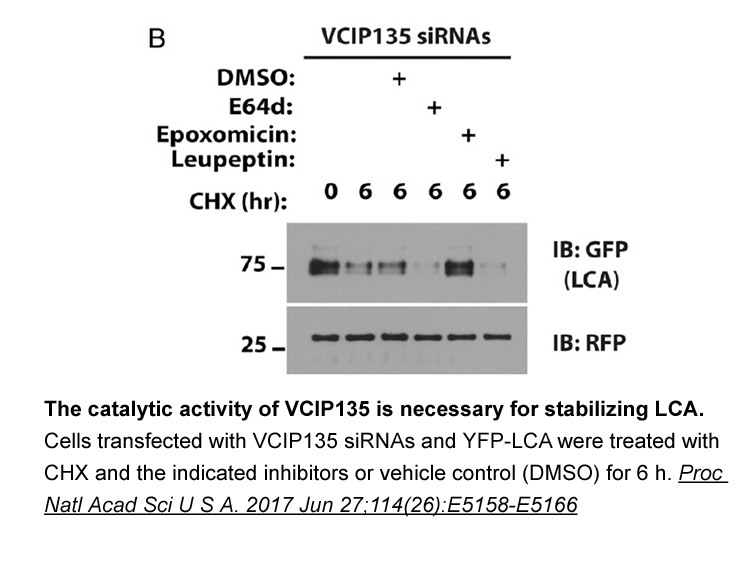
Acknowledgments Introduction Angiotensin II (AngII) is among the most potent vasoactive substances produced in humans. Its effects are numerous, from vasoconstriction to control of fluid and electrolytes balances. Many of the physiological and pathological effects of AngII are mediated by the
-
br AR signals and chemosensitivity in urothelial cancer
2023-09-16
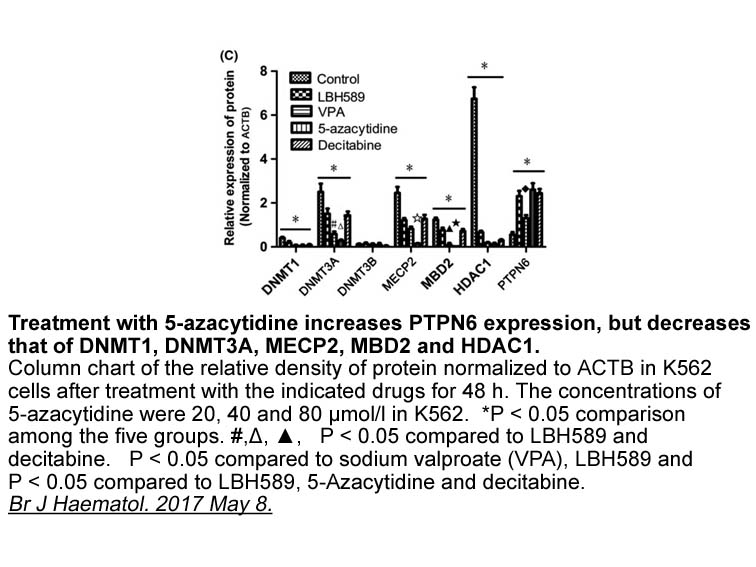
AR signals and chemosensitivity in urothelial cancer A significant amount of patients with urothelial cancer fail to respond to cisplatin-based systemic chemotherapy, although it remains the mainstay of successful management of advanced disease. However, underlying mechanisms for chemoresistance
-
br Acknowledgments br Introduction Alzheimer s
2023-09-16
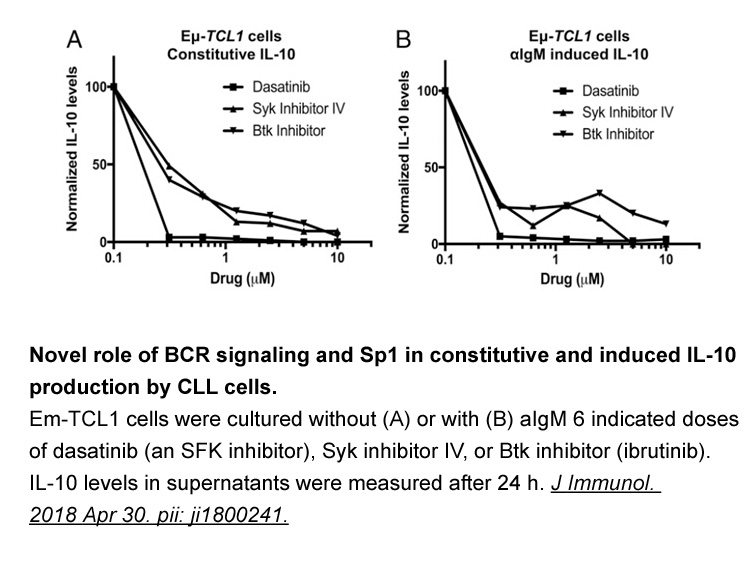
Acknowledgments Introduction Alzheimer's disease (AD) is a severe neurodegenerative disorder primarily affecting the elderly population. Senile plaques in the brain, one of the pathological hallmarks of AD, are formed by the accumulation of aggregated β-amyloid (Aβ) with an extensive β-sheet s
-
LY2584702 Because of the critical roles played
2023-09-16
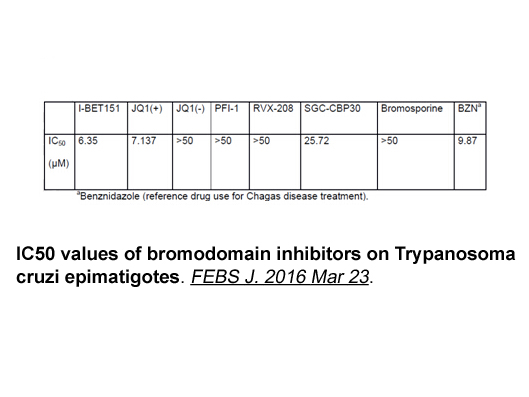
Because of the critical roles played by AMPK in energy sensing and cancer cell survival, a huge number of drugs have been proposed to exert their pharmacological effects by means of AMPK activation (Kim and He, 2013). For example, metformin has been shown to activate AMPK in muscle (Sajan et al., 20
-
In addition AMPK reduces protein synthesis and stimulates ap
2023-09-16
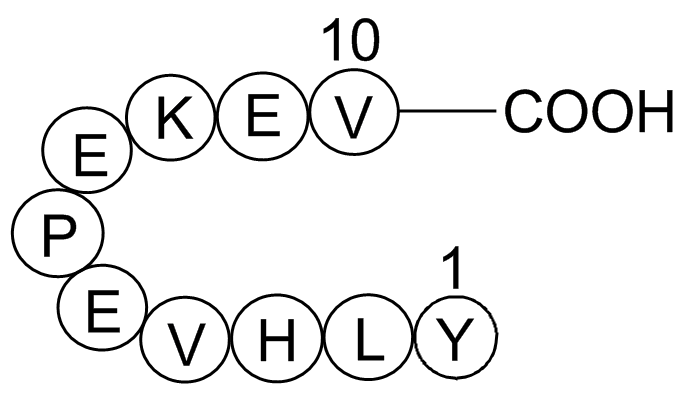
In addition, AMPK reduces protein synthesis and stimulates apoptotic and autophagic pathways through the inhibition of the mechanistic target of rapamycin (mTOR), which regulates cellular metabolic homeostasis, insulin secretion, insulin resistance, autophagy and apoptosis (Maiese, 2016). mTOR is th
-
We found that decreased Ng levels lead
2023-09-16
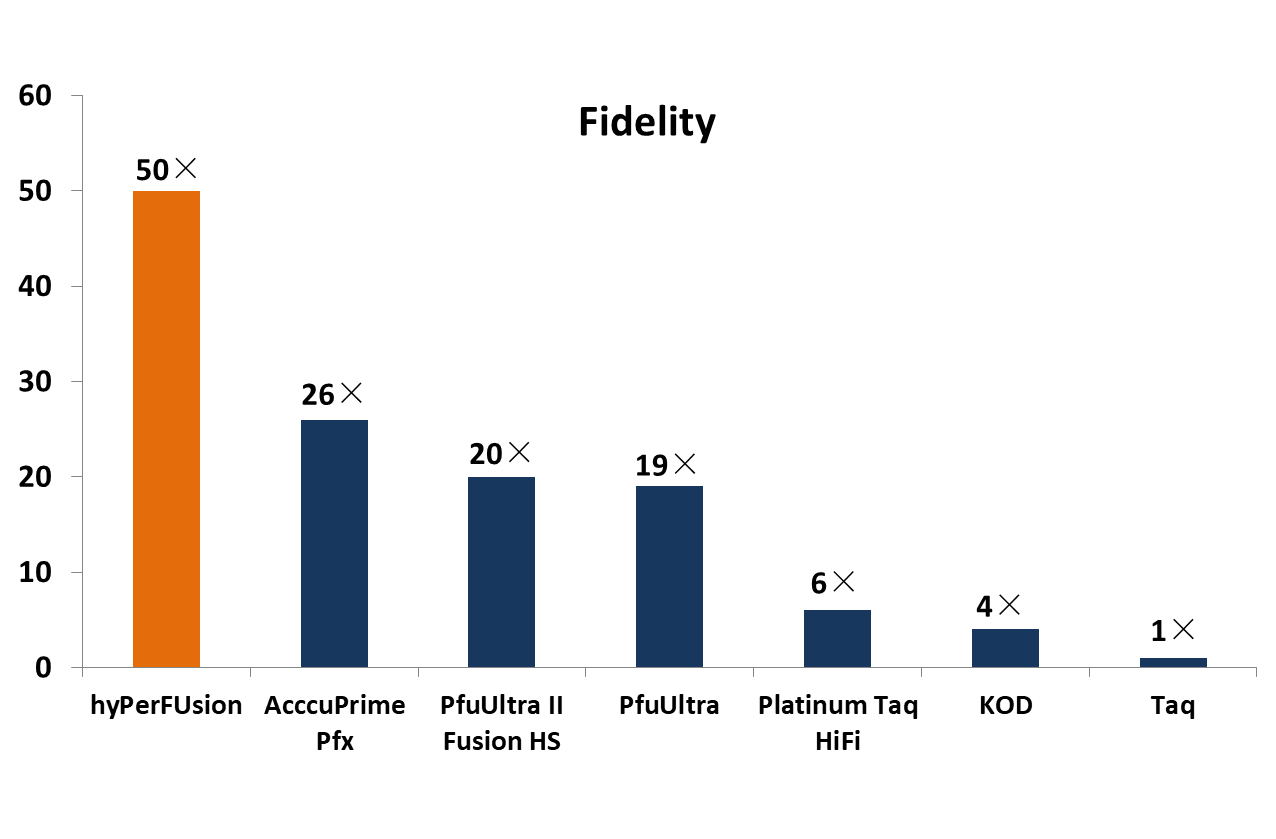
We found that decreased Ng levels lead to a lower threshold for LTD induction at L4–L2/3 synapses. Previous studies in hippocampal slice culture have shown that LTD at individual synapses induces spine elimination at both the targeted synapse and selective neighboring synapses when spines are monito
15987 records 272/1066 page Previous Next First page 上5页 271272273274275 下5页 Last page